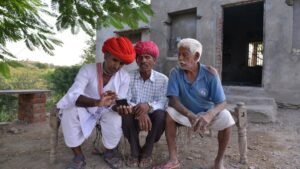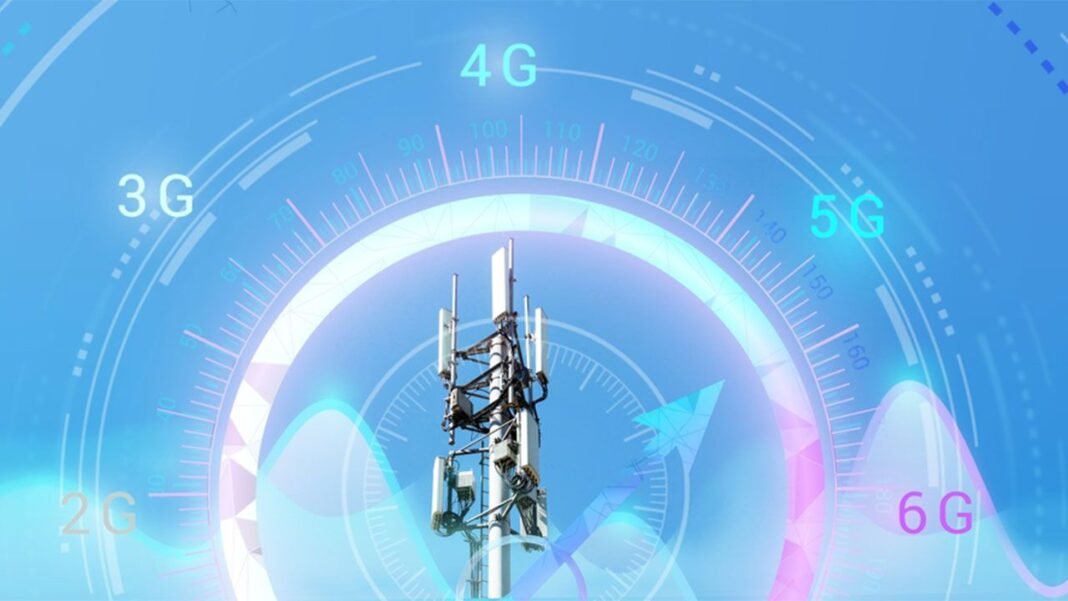The government is advancing telecom connectivity in Particularly Vulnerable Tribal Group (PVTG) villages to reduce the digital divide and promote socio-economic development.
Significant measures have been undertaken to improve mobile connectivity in these areas, especially in the remote and tribal regions of Jharkhand.
This initiative is essential for ensuring that the advantages of digital transformation are accessible to the most underserved populations.
Telecom Connectivity Expansion with PM JANMAN & DBN
Identification of Priority Areas
In response to a request from the Ministry of Tribal Affairs in July 2024, the Department of Telecommunications (DoT) conducted a thorough survey that identified 2,595 Particularly Vulnerable Tribal Group (PVTG) villages as critical areas requiring improved mobile connectivity.
To tackle this challenge, plans are in place for the installation of 1,716 new mobile towers. The project is particularly focused on rural, remote, and hilly regions, ensuring that even smaller communities such as tolas and majiras are included.
This initiative reflects the government’s dedication to fostering inclusive development for tribal populations and isolated communities.
Rapid Implementation Progress
During a session in the Rajya Sabha, Shri Jyotiraditya M. Scindia, Minister of Communications and Development of the North Eastern Region, emphasized the significant advancements made in this initiative. Of the 2,595 villages identified, 901 now have mobile connectivity.
Within a mere six months, 519 mobile towers have been erected, resulting in a completion rate of 35%.
This rapid progress illustrates the government’s commitment to accelerating the development of digital infrastructure in these underserved areas.
PM JANMAN’s Role in Tribal Development
The Pradhan Mantri Janjati Adivasi Nyaya Maha Abhiyan (PM JANMAN), which received approval from the Union Cabinet in November 2023, is integral to this telecom expansion effort.
With a budget allocation of Rs. 24,104 Crore, the program is designed to facilitate comprehensive development for PVTG families by ensuring access to essential services such as:
- Safe housing and clean drinking water
- Sanitation and healthcare facilities
- Education and nutrition
- Road and telecommunications connectivity
- Sustainable livelihood opportunities
Funding and Implementation via DBN
The Digital Bharat Nidhi (DBN) fund has played a crucial role in facilitating the expansion of mobile connectivity. This fund is strategically distributed to enhance telecom services in:
- Rural and isolated villages
- Hilly regions affected by left-wing extremism (LWE)
- Underserved areas inhabited by Particularly Vulnerable Tribal Groups (PVTG)
- These initiatives demonstrate the government’s commitment to ensuring that no village is overlooked in the pursuit of a digitally empowered nation.
Telecom Connectivity in Jharkhand
Enhancing Connectivity in Tribal Regions
A significant aspect of this initiative is focused on Jharkhand, where:
- Plans are in place for the installation of 1,987 mobile towers.
- These towers will cater to 2,471 PVTG habits.
The primary objective is to enhance connectivity in remote tribal communities. This initiative is in line with the government’s overarching goal of minimizing regional inequalities and promoting economic opportunities in areas inhabited by tribal populations.
Addressing Connectivity Obstacles
The challenging hilly terrain and remote nature of Jharkhand have historically hindered the establishment of telecommunication infrastructure. The current initiative seeks to:
- Ensure consistent network access in hard-to-reach locations.
- Improve communication channels for tribal communities.
Foster digital inclusion to stimulate economic development and facilitate access to essential services.

Impact of Improved Telecommunications Connectivity
Narrowing the Digital Gap
The expansion of telecommunications services in Particularly Vulnerable Tribal Groups (PVTG) villages is vital for mitigating the digital gap by:
Facilitating e-governance and digital services
Increasing access to online education and telehealth services
Promoting financial inclusion via digital banking solutions
By utilizing mobile connectivity, PVTG communities can more effectively access essential government programs and services.
Socio-Economic Advantages
The presence of mobile networks in these regions will:
Enhance employment prospects by linking residents to job opportunities.
Stimulate local enterprises and entrepreneurial ventures.
Improve agricultural efficiency through better access to market information and weather updates.
These advantages collectively foster the comprehensive development and empowerment of tribal communities.
Government’s Dedication to Inclusive Development
Under the guidance of Prime Minister Shri Narendra Modi, the government is resolutely focused on achieving:
- Inclusive growth for remote tribal regions
- Sustainable development through technological advancements
- Fair access to digital resources
Shri Jyotiraditya M. Scindia emphasized the critical role of telecom infrastructure as a fundamental element of India’s developmental strategy.
The government intends to expedite telecom expansion by:
- Extending network coverage to all unserved villages.
- Implementing advanced technologies for enhanced connectivity.
- Bolstering digital literacy initiatives for tribal communities.
These measures will ensure that Particularly Vulnerable Tribal Groups (PVTG) are well-connected and can actively engage in the digital economy.
Expert Editorial Comment
The government is enhancing telecom connectivity in villages inhabited by Particularly Vulnerable Tribal Groups to empower disadvantaged communities and promote their socio-economic advancement.
With swift progress in the installation of mobile towers and the expansion of network coverage, the government is dedicated to closing the digital gap.
This initiative is in line with broader national objectives, ensuring that every village in India, irrespective of its isolation, is digitally connected and reaps the benefits of contemporary technological progress.

